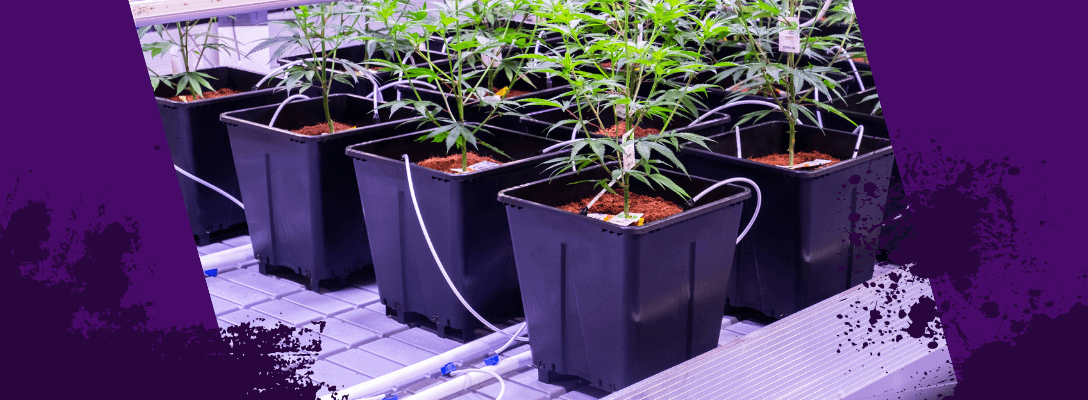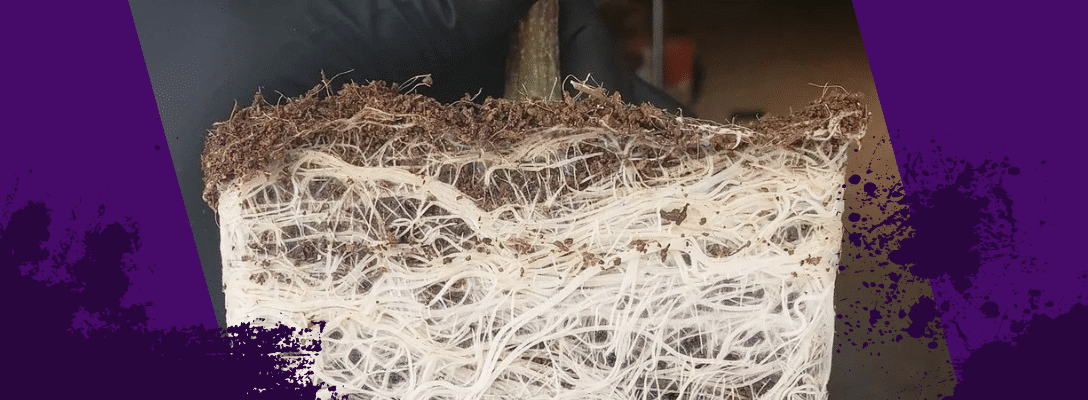A plant has some basic needs: light, water, carbon dioxide, a nice temperature and humidity. By growing outdoors you get all these basics for free. This is awesome, but there’s a catch: you don’t control how much of these basics you get. Apart from that, your plant is also exposed to weather extremes.

Too much is always wrong
The weather doesn’t care about your cultivation plan. The climate in which your plants grow can’t be controlled. One day it will rain and the next the sun may shine. Your plants will adapt their growth to the situation. The rule of thumb is simple: too much of one thing is never good. Sunlight is essential, but if things are too hot and bright for a long time your plants will not be able to absorb nutrients as well. The plant will reduce leaf surfaces (shriveling) to cut down on moisture evaporation. This is a natural reaction of the plant to protect itself in an environment with no rain. On the other hand, too much rain falling and sinking into the soil will reduce the amount of oxygen. This may increase the chances of roots rotting and it will inhibit your plants’ growth.
How to protect your plants?
- Initially, you need to be sure that your seeds are comfortable being raised outdoors. This is especially important if you want to move the plants outside fairly early, around the middle of May. You need plants that can handle lower temperatures.
- Once your plants are outside, you need to ensure they get enough water without being too wet or too dry. Preference for watering are different for each species and variety, so read the description when buying seeds.
- Ensure your ground has good drainage and use soil improving products. These measures can make an excess of water reasonably controllable. The amount of sun is more difficult to control, especially when plants are fixed in open ground. Burnt pots can be relocated out of the sun. This has the added advantage that you can move your plants to a safe spot in case the weather turns bad, with hard rain, stormy wind or hail.
You can use a rain barrel to compensate for dry periods. By storing the water when it falls, you have a ready supply when it’s dry. Be aware that a rain barrel can be a breeding place for insects and microbes.






